Shipwrecks attract the curious like morbid magnets drawing in iron filings. Places of tragedy and bravery, the lore of seafaring is rife with infamous wrecks that litter the ocean floor. Seldom does a ship slip beneath the water that it does not become part of the storied lore of seafaring.
Advertisement
There is perhaps no more famous wreck in the Western world than the HMS Titanic, the great «unsinkable» passenger liner that slipped beneath the icy waters of the North Atlantic on April 14, 1912. Since the wreck’s discovery in September 1985, scientists have endeavored to conduct research, including mapping the site with sonar imaging. But the discovery also prompted the genesis of a niche tourism reserved for the ultra-wealthy: deep-sea dives to visit the ill-fated ship.
On June 18, 2023, the OceanGate Titan deep-sea submersible added a tragic chapter to Titanic’s history when it imploded on its way to the ocean floor, instantly killing all five people aboard, including the sub’s builder and founder of OceanGate, Stockton Rush.
Advertisement
Fifteen months have passed since the disaster, and while questions will forever remain, the Coast Guard recently concluded an official hearing. We cut through the noise and speculation to examine ten Coast Guard determinations that show exactly why the Titan sub was doomed to fail and how a repeat might be avoided.
The margin of safety was far too thin
Considering the results of Titan’s final dive, it may seem obvious, but Oceangate was operating on a razor-thin margin of safety. Thanks to the efforts of experts, we can examine just how thin that margin was.
Advertisement
The enemy of every submersible is pressure. The Titanic rests at a depth of about 12,500 feet (3,810 m). Recreational scuba divers should not exceed 130 ft (40 m), and technical drivers 200 ft (60 m). Anyone who wants to dive deeper needs a vehicle that can withstand the increasing water pressure as it descends.
The site of the Titanic wreck experiences roughly 6,000 pounds of pressure per square inch (psi). In other words, three tons press down on every inch of the hull at the dive site. Composite Energy Technologies (CET), a contractor that supplies carbon fiber pressure hulls to the United States Navy, aims to test its vehicles at 1.5 times the maximum pressure of a dive. The American Society of Mechanical Engineers (ASME) seeks to test vehicles at 1.25 times the maximum pressure. The Titan was only tested to 1.09 times its operating pressure.
Advertisement
In March of 2021, the Titan’s final hull underwent testing at the Deep Ocean Test Facility in Maryland. It tested to a maximum depth of 3,840 m and 4,200 m. With the Titanic sitting at 3,810 m, the Titan would be operating near its maximum capability with each dive.
[Featured image by Madelgarius via Wikimedia Commons | Cropped and scaled | CC BY-SA 4.0]
OceanGate avoided oversight

Andrew Harnik/Getty Images
Despite regulating nearly every avenue of transportation, governments are relatively laissez-faire regarding the submersible industry. One reason for this is the nature of the work; many deep-sea dive sites are far enough offshore to be in international waters where no single government holds authority.
Advertisement
John Winters, a master marine inspector for the Coast Guard in Puget Sound, worked with Rush to certify two OceanGate submarines, the Antipodes and Cyclops 1, as oceanographic research vessels. Winters testified that on a trip to inspect the two boats, he noticed a third on the barge along the other two — the Titan, which had not undergone a regulatory inspection. Stockton Rush had infamously asserted that «regulations were stifling his innovation process.»
Small submersibles used as research vessels are not required to meet certain Coast Guard regulations. In any given jurisdiction, the Coast Guard determines whether a submersible is a research or passenger vessel. A submersible classed as a passenger vessel would require a certificate of inspection from the Coast Guard, while an oceanographic research vessel (ORV) designation did not. Rush exploited this loophole by classifying his customers as «mission specialists» participating in research missions.
Advertisement
The doomed mission to the Titanic launched from Canada and operated in international waters, all but assuring it would avoid unwanted attention from any regulating body.
The Titan submersible was an unusual design
Most deep-sea submersibles have a titanium hull. The Titan’s design, which included a carbon fiber cylinder capped by Titanium cones, was not the industry standard. In 2013, OceanGate entered into a $5 million contract with the University of Washington’s Applied Physics Lab to develop, construct, and test a manned carbon-fiber submersible.
Advertisement
Testing began on a ⅓ scale model in 2015. The carbon fiber design failed four times: in December 2015, it failed at 2,943 m depth, in February 2016 at 4,121 m, in March 2016 at 2,743 m, and in July 2016 at 4,465 m.
The failures caused OceanGate to re-imagine the project, replacing the proposed carbon fiber domes on either end of the sub with titanium. This is a major departure from typical deep-sea submersible designs which typically employ solid metal steel or titanium hulls.
The titanium endcap domes were affixed to the craft with adhesive. Experts point to the joint as a potential failure point. Astrophysicist and material expert Scott Manley testified that a catastrophic breach of the carbon fiber hull should leave carbon fiber debris at either end of the vessel’s wreckage.
Advertisement
However, the photographs of the wreckage on the sea floor recorded the tail separate from the nose cone, which was surrounded by debris. Manley theorized that the breach occurred at the seal between the titanium dome and the carbon fiber hull, a condition that would not exist on a solid-hulled submersible.
[Featured image by Madelgarius via Wikimedia Commons | Cropped and scaled | CC BY-SA 4.0]
Experimental materials, including the use of carbon fiber, contributed to the disaster
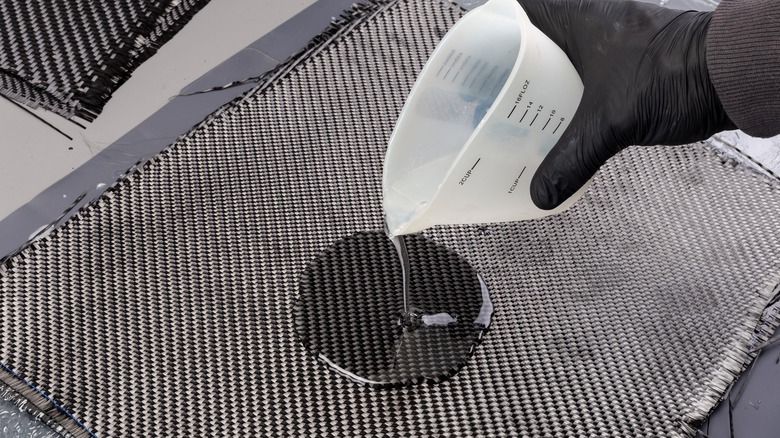
stockphoto-graf/Shutterstock
Though Manley’s testimony that the seal between the dome and the hull may have caused the implosion, carbon fiber is not entirely off the hook. The miracle material is a favorite in aerospace and automotive engineering thanks to its extraordinary strength-to-weight ratio.
Advertisement
Stockton Rush was an aerospace engineer trained at Princeton. He opted to use carbon fiber in the Titan, the first deep-sea submersible to do so, and Rush pushed forward despite misgivings about his choice of material.
After the failures of the all-carbon-fiber craft at the University of Washington, a carbon-fiber hull by Spencer Composites was completed without oversight in 2017. Karl Stanley, the owner of a deep-sea expedition company, testified that on a trip with Rush in a Titan prototype, the crew heard the sound of something breaking at 3,760 m in April 2019. A month later, a crack was discovered in Titan’s hull. Titan switched manufacturers and replaced it, but it was an ominous warning.
Advertisement
Though OceanGate was not beholden to its regulations, the American Bureau of Shipping forbids using carbon fiber composites in pressure vessels meant to carry humans. NTSB engineer Donald Kramer told the Coast Guard that surviving samples of the carbon fiber left over from the Titan’s construction are imperfect. Gaps, porosity, and progressively worsening creases in the hull may have damaged its integrity, further exacerbated by the stress of previous trips to the Titanic and other deep-sea sites.
Whistleblowers met with resistance
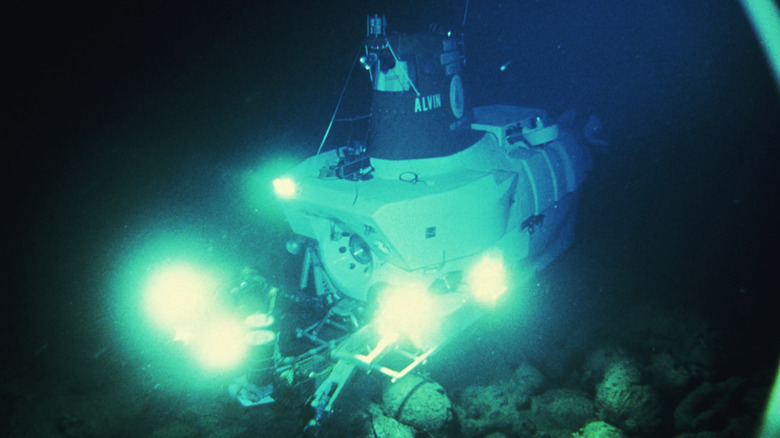
Ralph White/Getty Images
Submersible pilot and former OceanGate employee David Lochridge testified that he had grave concerns about Stockton Rush and the Titan’s efficacy during his two years as Operations Director at the company. He felt OceanGate was oriented toward profit rather than scientific achievement, to the cost of everyone on the Titan that day.
Advertisement
He blasted Rush’s arrogance in refusing to listen to experts at the University of Washington and chose to engineer the sub himself. Lochridge was not involved with the design or construction of the Titan, but Rush asked him to inspect it as it neared completion in 2018. He described what he considered to be «an abomination of a sub.»
Lochridge raised his concerns and was ultimately fired for doing so. Afterward, he contacted the Occupational Safety and Health Administration (OSHA) with concerns and was placed under their Whistleblower Protection Program. Rush sued Lochridge for breach of contract and for revealing the technical details of the vessel. Lochridge countersued, claiming he was being retaliated against for informing OSHA.
Advertisement
In the end, the case fell into the same bureaucratic loophole that allowed the Titan to come into existence in the first place. OSHA referred the matter to the Coast Guard, as was policy, but when Rush and Lochridge settled out of court, the matter seemed to disappear. OSHA killed the investigation in late 2019.
Oceangate disregarded a letter of concern from industry experts

kanlaya wanon/Shutterstock
David Lochridge was not the only person who confronted Stockton Rush about potential safety issues. William Kohnen, a submersible expert and CEO of Hydrospace Group, Inc., testified that Rush was «not receptive to outside scrutiny.»
Advertisement
Kohnen was gravely concerned about Titan. As a member of the Marine Technology Society, he had a vested interest in maintaining the sterling safety record deep-sea submersibles had accrued over the years. He and others signed a letter to Rush in 2018 formally warning him that his submersible could be susceptible to disaster.
One of the primary concerns was OceanGate’s refusal to undergo third-party testing regarding the construction and safety of Titan. Though there is little formal regulation regarding deep-sea exploration, independent marine organizations have made a tradition of peer-reviewing and certifying submersible construction.
In 2019, an explanation appeared on the OceanGate website. It insisted that the company’s commitment to safe operation did not require third-party review because such annual inspections do not review the procedures critical to operating a submersible. The logic is weak at best, and it signals Stockton Rush’s attitude toward critiques of his work, an integral process in scientific achievement and exploration.
Advertisement
Stockton Rush had a history of questionable behavior
Stockon Rush’s character and behavior are scrutinized as much as the submersible. In the immediate aftermath of the disaster, the spotlight focuses on the man at the center of the event.
Stockton Rush was a Princeton-trained aerospace engineer with an MBA from Berkeley. He was, by most measures, a brilliant man. So, what clues to his personality do we have that are relevant to the destruction of Titan?
Advertisement
Former Operations Director David Lochridge detailed an episode during a dive to the Andrea Doria, another famous but dangerous shipwreck that attracts the curious. Much more shallow than the Titanic, the Andrea Doria sits about 250 feet deep.
Lochridge tells of an expedition to the ship in 2016, during which he warned Rush that inclement weather and unfriendly tides made conditions for the trip suboptimal. Rush ignored the more experienced pilot’s admonitions, insisting, «I’m the CEO, you’re the employee.»
After a plummeting descent, Cyclops 1 collided with the Doria’s port bow. The resulting argument in the cockpit ended with Rush throwing the controls at Lochridge, striking him in the head before relinquishing command to him for what would be a safe ascent.
Advertisement
Lochridge safely brought the sub to the surface, but the event damaged his relationship with Rush and OceanGate. Combined with Rush’s refusal to take advice or submit his work to critique, the anecdote paints the picture of an arrogant and immature submersible captain.
[Featured image by OceanGate via Wikimedia Commons | Cropped and scaled | CC BY-SA 3.0]
The Titan experienced dozens of malfunctions in the two years before the disaster
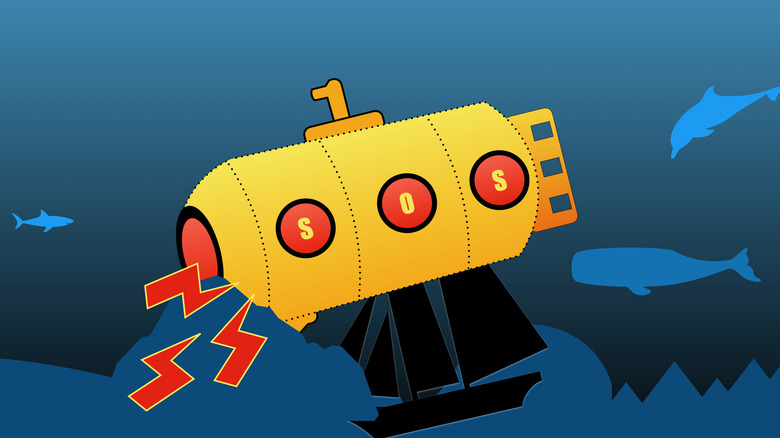
Kudou/Getty Images
Despite the warning signs, OceanGate pressed forward with the Titan submersible project, claiming to have completed over 50 test dives to near-Titanic depths. After years of development, Rush and OceanGate were eager to turn their Titanic-touring sub loose on the genuine article.
Advertisement
The sub completed three successful dives to the Titanic, but not without incident. Loud bangs, difficulty docking, communication lapses, and an issue during which battery drain prevented the submarine from releasing its weights were just a few of the complications.
Throughout 2021 and 2022, Titan experienced 118 malfunctions. OceanGate’s former engineering director, Tony Nissen, reported that he believed the submersible had also been struck by lightning in April 2018. Nissen later refused an offer to pilot the sub on the Titanic missions due to concerns about the competence of the OceanGate organization.
Former contractor Tym Catterson also had doubts. «I don’t believe that the composites are the correct material for a pressure vessel that’s experiencing external compression,» he told the Coast Guard hearing.
Advertisement
Carbon fiber may be a miracle material, but there is a reason naval engineers do not use it for submersibles: it deforms over time. Roy Tomas, senior principal engineer at the American Bureau of Shipping, testified that carbon fiber is «susceptible to fatigue failure.» Titan’s successful test and operational dives, rather than confirming the Titan’s soundness, may have weakened the structure to the point of failure.
We may never know the precise cause of the implosion
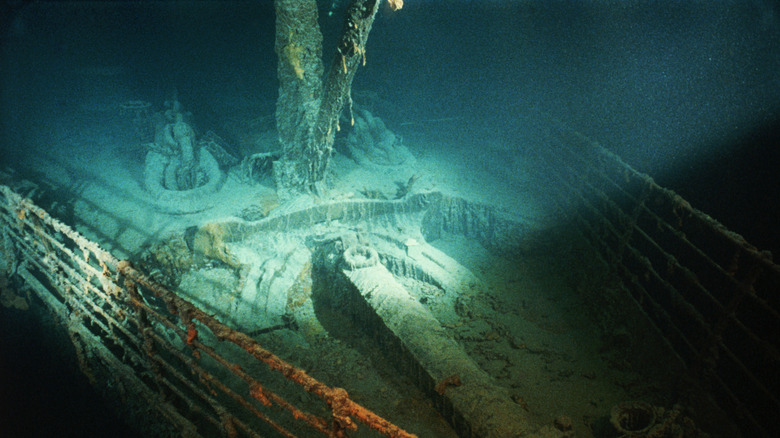
Ralph White/Getty Images
While the hearings into the event have closed, the Coast Guard has yet to issue a report on its findings. Testimony and studies of the wreckage indicate several possible causes of the Titan’s catastrophic implosion. It is possible that the report will point at a specific cause, but the issue is complex, and the ocean’s bottom is a difficult place to perform a forensic investigation.
Advertisement
Expert witness Bart Kemper offered potential causes. The carbon fiber hull may be at the center of the issue, but it could also be that the Titan failed thanks to a faulty seal between the hull and the end caps or even an unrelated manufacturing flaw that has yet to be discovered.
One thing is certain, however: the destruction of the OceanGate sub, aside from sending ripples of shock through the world, will not likely be forgotten by those in the deep-sea exploration world anytime soon. Yet, it seems that the terrifying end of the Titan has not quenched the public’s thirst for Titanic tourism. Perhaps a better question moving forward is not the precise cause of the incident but how to prevent future repeats.
Advertisement
The impact on the industry remains to be seen
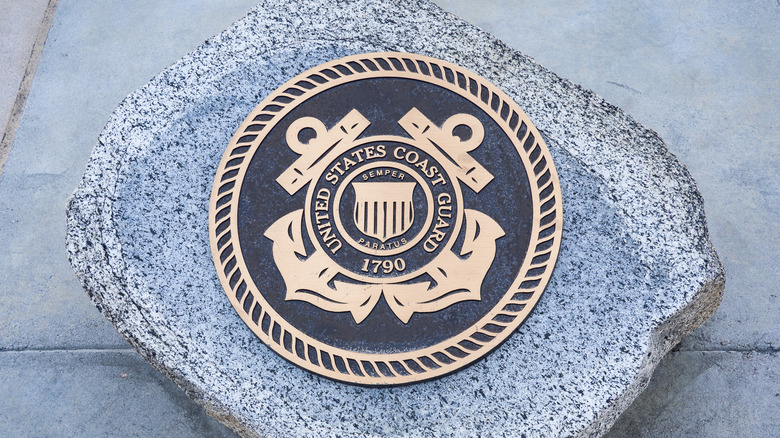
Darwin Fan/Getty Images
Stockton Rush opined that regulation was the enemy of innovation. From the conflict with David Lochridge to the letter signed by William Kohnen to what appears to be intentional dodging of Coast Guard regulations, Rush worked hard at every turn to keep regulatory oversight as far from his project as possible.
Advertisement
The United States government pays close attention to the shipwrecks under its jurisdiction, warning against illegal dive and salvage operations under penalty of law. Many famous wrecks in American territory, like the Edmund Fitzgerald of Lake Superior, are already off-limits to dives.
The submersible industry has mainly been self-policing, with some success. For such a dangerous activity, fatal accidents have been few and far between. Most fatal undersea accidents of the 20th century involved military submarines rather than private submersibles. The process seemed to work well until Stockton Rush and OceanGate endeavored to ignore advice at every turn.
The release of the official report will no doubt impact how the industry proceeds from here. Is it practical, or even possible, to set up a governing body that oversees deep-sea exploration? If so, is it possible that Rush was right in a small way that such a regulatory body would stifle innovation? Or could governments forbid private concerns from diving on wreck sites?
Advertisement
The depths of the ocean remain the Wild West. Only time will tell if the Titan tragedy will permanently impact the deep-sea tourism industry.